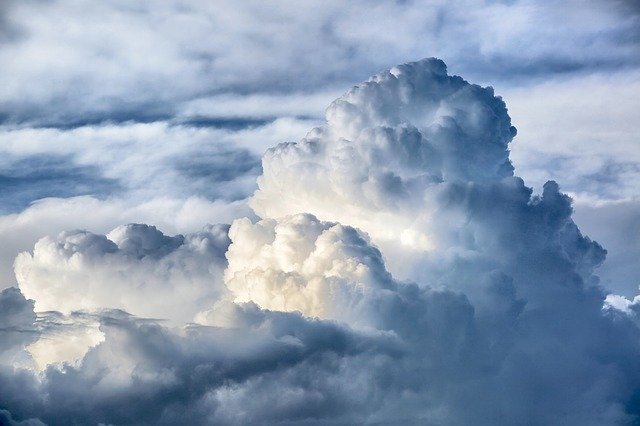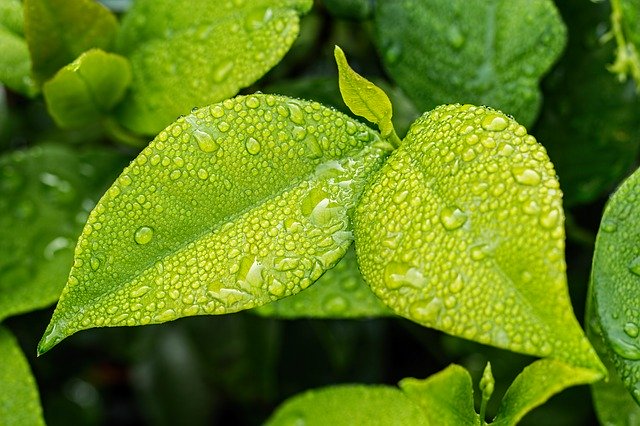Air circulates in the atmosphere forming six different cells, three in each hemisphere. These cells are- Hadley cell, Ferrel cell, and Polar cell.
Hadley cell

- The equator receives more heat as compared to other regions. As a result, the air at the equator becomes warm and moist (warm air holds more moisture than cold air).
- This warm and moist air rises and thus cools giving up moisture and leading to the formation of thunderstorm clouds which bring rain at the equator.
- A low-pressure area is created at the equator which makes the air at the surface in the tropical zone move towards the equator.
- The air rises at the equator till near tropopause (10-15 km) and then moves towards the poles on either side of the equator.
- As the air moves towards the poles it cools to an extent and collides with a colder air mass coming from the poles and sinks.
- This happens at about 30 degrees latitude and a high-pressure zone is created.
- The sinking air is forced to move towards the equator. This is because the general flow of air is from high pressure to low pressure.
- As the air moves towards the equator, it deviates towards the west due to the Coriolis force. This gives rise to the trade winds or Easterlies of the tropics.
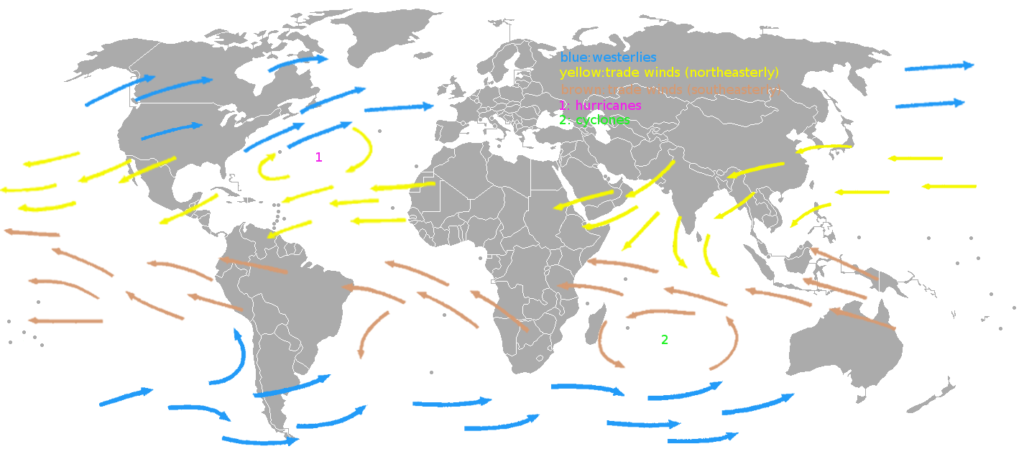
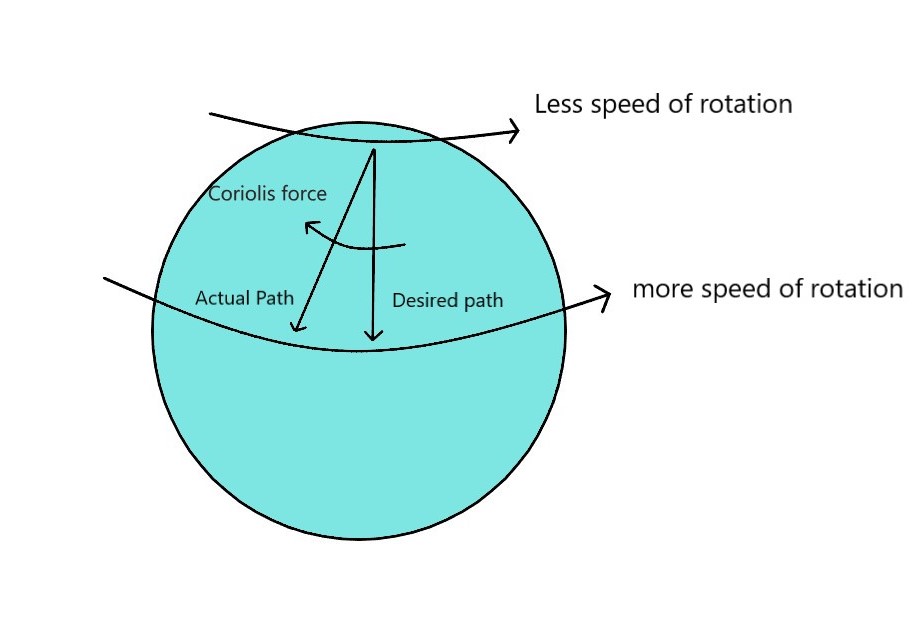
Ferrel cell
- Air in the ferrel cell move towards the poles near the surface. This is a part of sinking air mass at 30 degree latitude.
- At about 60 degree latitude, this air mass collides with another air mass coming from the poles.
- The air rises after collision and returns at 30 degree latitude to complete the ferrel cell.
- The westerly winds are found near the surface in the ferrel cell due to coriolis force.
Polar cell
- Polar cell is the smallest and the weakest cell.
- The cold air from the poles (near the surface) move towards the lower latitudes and interacts with the ferrel cell.
- The air rises after interaction and returns to sink at the poles again. Thus completing the polar cell.
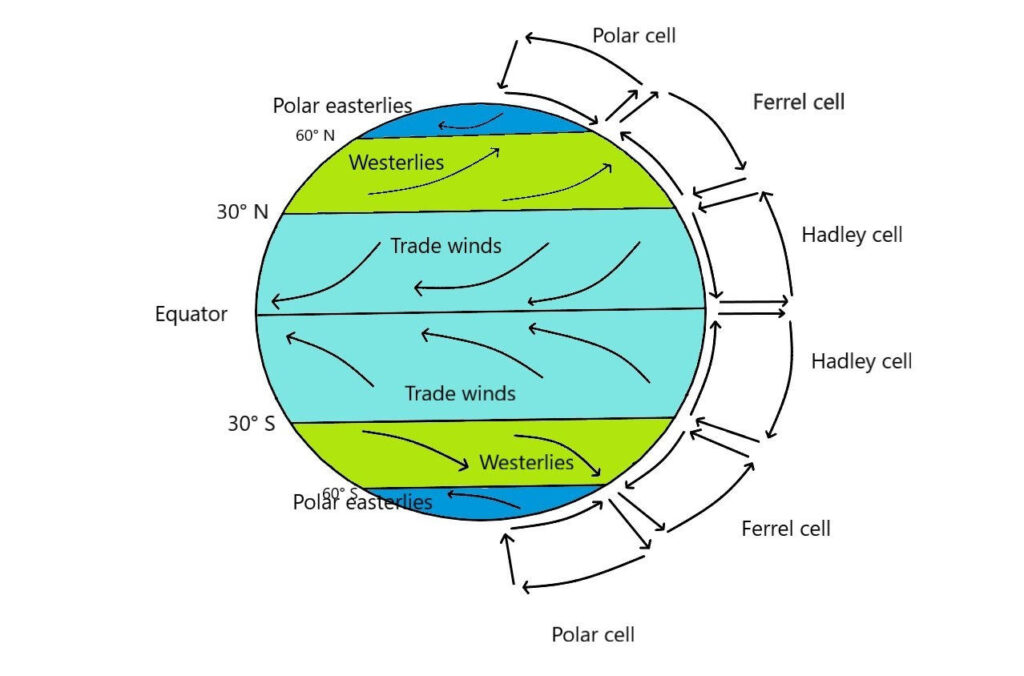
This is the end of the article
Read more
